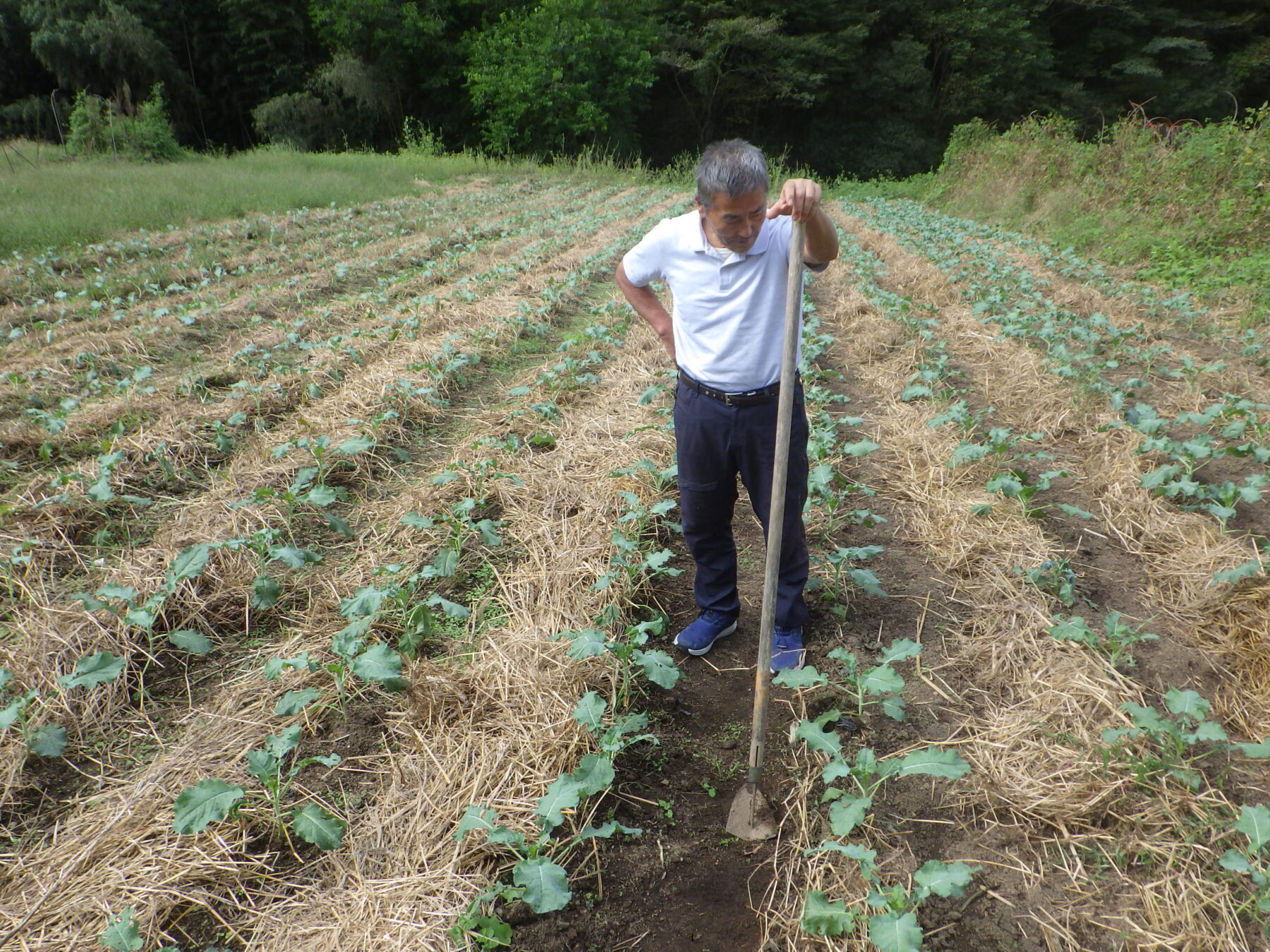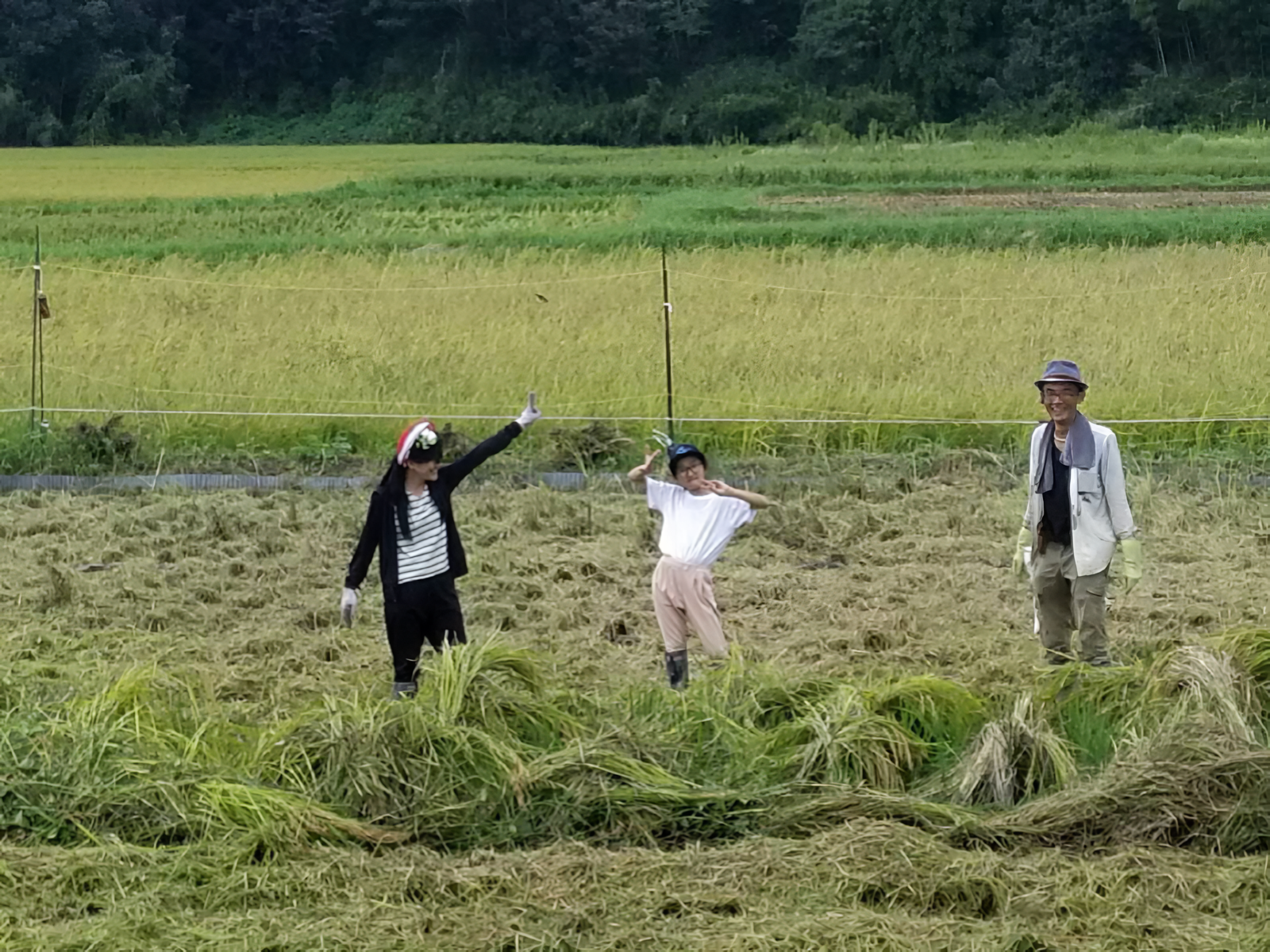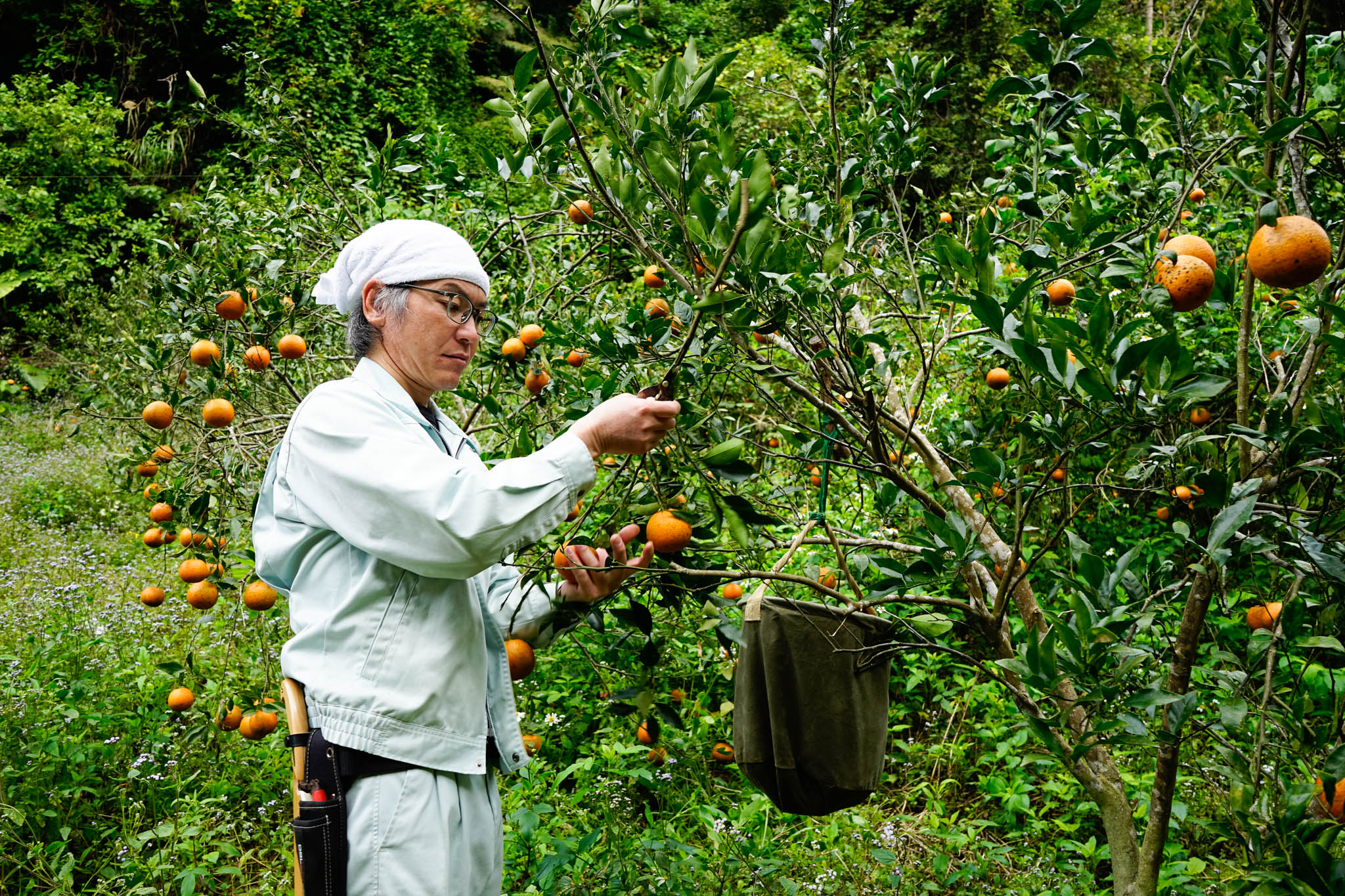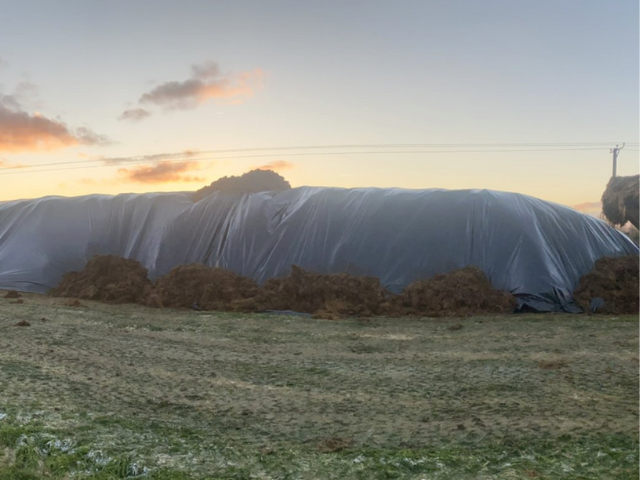Case Studies
Reducing Chemicals and Increasing Profits in Flower Cultivation
San Juan Sacatepéquez, Guatemala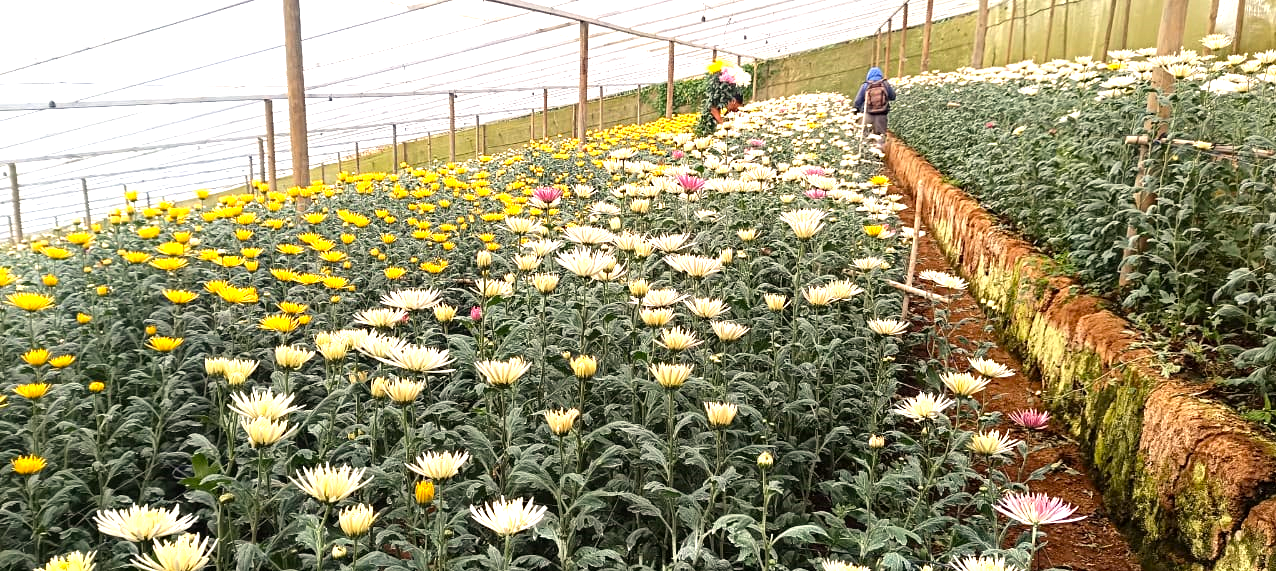
Overview
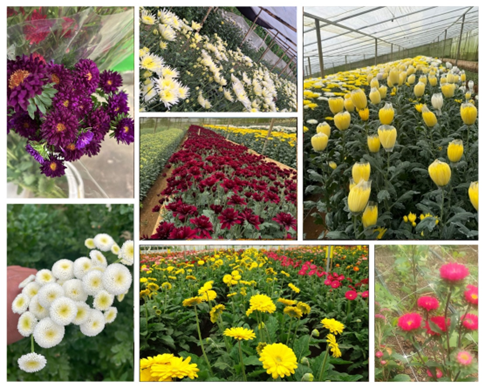
San Juan Sacatepéquez is located 32 kilometers from Guatemala City and has a temperate climate. In the highland areas, such as the village of Loma Alta, elevations reach up to 1,800 meters above sea level, resulting in cooler temperatures.
These highland regions have become important centers for the cultivation of ornamental flowers.
The production of flowers such as roses, carnations, lilies, gerberas, baby's breath, and especially several varieties of chrysanthemums has become an important source of income for local communities.
Many of these flowers are exported to Mexico, Europe, the United States and Central America, contributing significantly to the local economy and helping to maintain one of the country's lowest migration rates to northern countries.
These highland regions have become important centers for the cultivation of ornamental flowers.
The production of flowers such as roses, carnations, lilies, gerberas, baby's breath, and especially several varieties of chrysanthemums has become an important source of income for local communities.
Many of these flowers are exported to Mexico, Europe, the United States and Central America, contributing significantly to the local economy and helping to maintain one of the country's lowest migration rates to northern countries.
Challenges
Before adopting EM Technology, flower farmers in the region faced several issues, including:
- Heavy dependence on synthetic fertilizers and agrochemicals.
- Soil degradation due to intensive use of chemical fertilizers and pesticides.
- Poor flower quality and short shelf life.
- Limited production cycles, that limited potential income.
These challenges not only affected profitability but also posed environmental and health concerns for the farmers and their land.
- Heavy dependence on synthetic fertilizers and agrochemicals.
- Soil degradation due to intensive use of chemical fertilizers and pesticides.
- Poor flower quality and short shelf life.
- Limited production cycles, that limited potential income.
These challenges not only affected profitability but also posed environmental and health concerns for the farmers and their land.
EM Application
- Soil Treatment and Plant Care: EM・1 is used to improve soil microbiology and plant health.
- Integrated bio-stimulation: EM・1 supports strong root development.
- Additional practices: Chicken manure is also applied.
Thanks to EM・1, the process begins with healthier and more developed mother plants that can be harvested every 15 days.
These plants are then transferred to seedling nurseries to continue the cultivation cycle.
- Integrated bio-stimulation: EM・1 supports strong root development.
- Additional practices: Chicken manure is also applied.
Thanks to EM・1, the process begins with healthier and more developed mother plants that can be harvested every 15 days.
These plants are then transferred to seedling nurseries to continue the cultivation cycle.
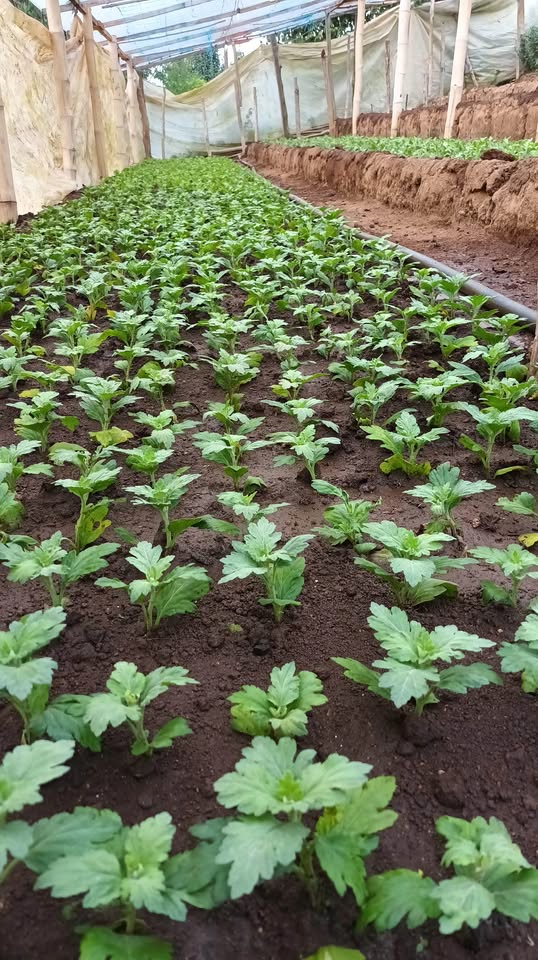

Effects and Results

The introduction of EM Technology led to multiple benefits:
- Reduced chemical inputs: EM・1 helped reduce synthetic fertilizer use by more than 50%, and reduced dependence on agrochemicals by up to 75%.
- Improved root systems: Early application of EM・1 strengthened plant roots, increasing overall vigor.
- Enhanced flower quality: Chrysanthemums became more vigorous, compact, uniform, and vibrant, with shelf life extended up to 20 days.
- Increased yields: More stems per bed were observed, while mortality rates dropped.
- Fewer pests and odors: Farmers reported a reduction in flies and bad smells from fertilizers.
- Chemical free practices: No germicides or fungicides were needed in the production process.
- Faster harvest cycles: EM Technology shortened the growth cycle by at least 15 days, allowing for an additional harvest each year (from 3 to 4).
- Greater profitability: The combination of reduced input costs and more abundant harvests resulted in 20% higher profits per cycle.
- Sustainable production: Flower production became more environmentally friendly and economically viable.
- Better plant development: Previously underdeveloped tips on mother plants became fuller with EM・1 use, creating more robust plants.
- In 2024, the village of Loma Alta hosted an International Seminar on Regenerative Agriculture. Local farmers shared their experiences using EM Technology with visiting partners from across Latin America. Participants witnessed the benefits of EM Technology in ornamental flower production and heard testimonials about the transformation it brought to the region’s agriculture.
- Reduced chemical inputs: EM・1 helped reduce synthetic fertilizer use by more than 50%, and reduced dependence on agrochemicals by up to 75%.
- Improved root systems: Early application of EM・1 strengthened plant roots, increasing overall vigor.
- Enhanced flower quality: Chrysanthemums became more vigorous, compact, uniform, and vibrant, with shelf life extended up to 20 days.
- Increased yields: More stems per bed were observed, while mortality rates dropped.
- Fewer pests and odors: Farmers reported a reduction in flies and bad smells from fertilizers.
- Chemical free practices: No germicides or fungicides were needed in the production process.
- Faster harvest cycles: EM Technology shortened the growth cycle by at least 15 days, allowing for an additional harvest each year (from 3 to 4).
- Greater profitability: The combination of reduced input costs and more abundant harvests resulted in 20% higher profits per cycle.
- Sustainable production: Flower production became more environmentally friendly and economically viable.
- Better plant development: Previously underdeveloped tips on mother plants became fuller with EM・1 use, creating more robust plants.
- In 2024, the village of Loma Alta hosted an International Seminar on Regenerative Agriculture. Local farmers shared their experiences using EM Technology with visiting partners from across Latin America. Participants witnessed the benefits of EM Technology in ornamental flower production and heard testimonials about the transformation it brought to the region’s agriculture.
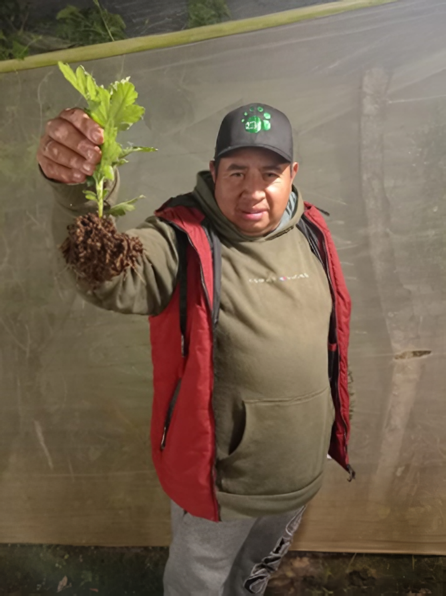
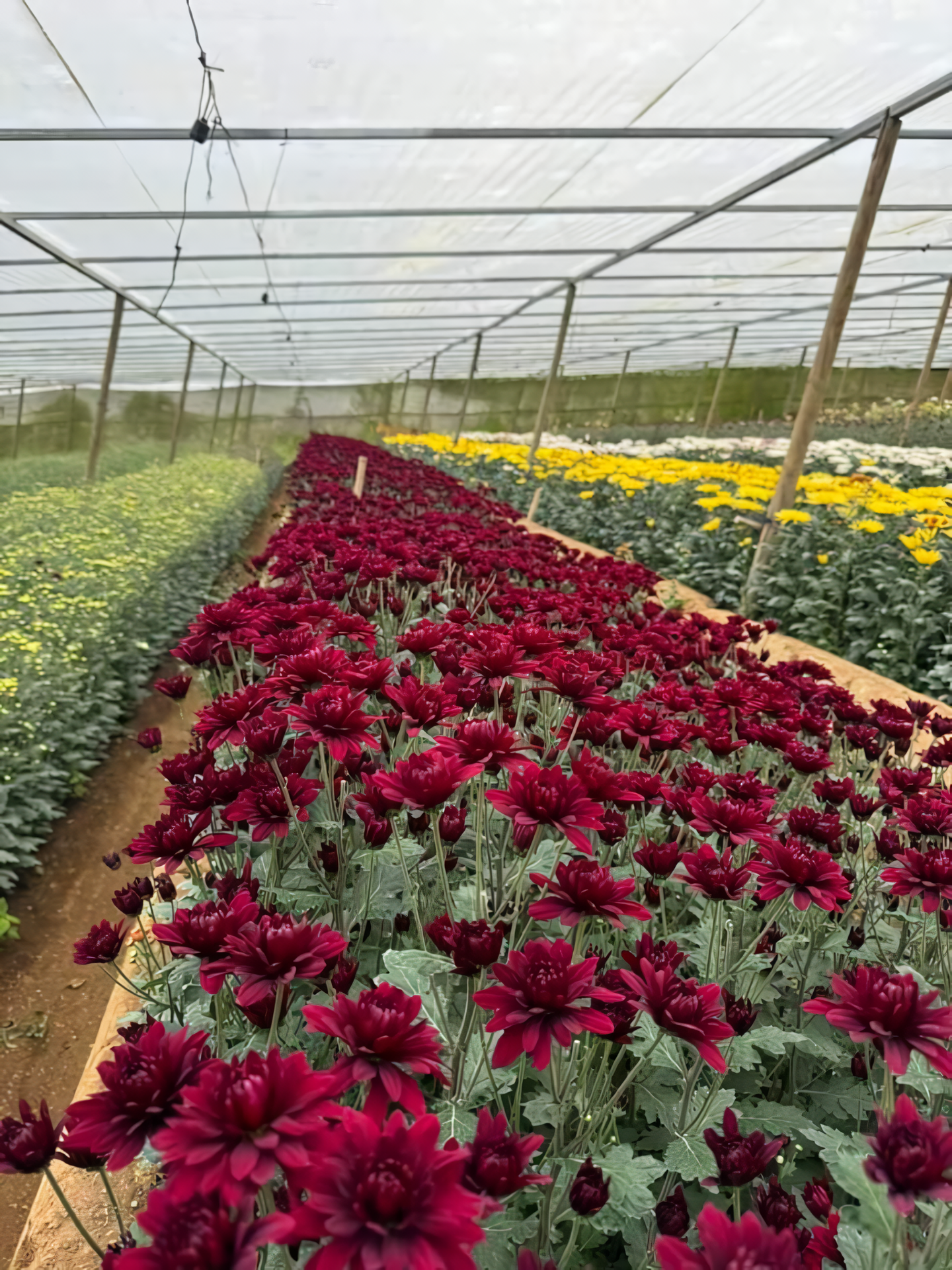
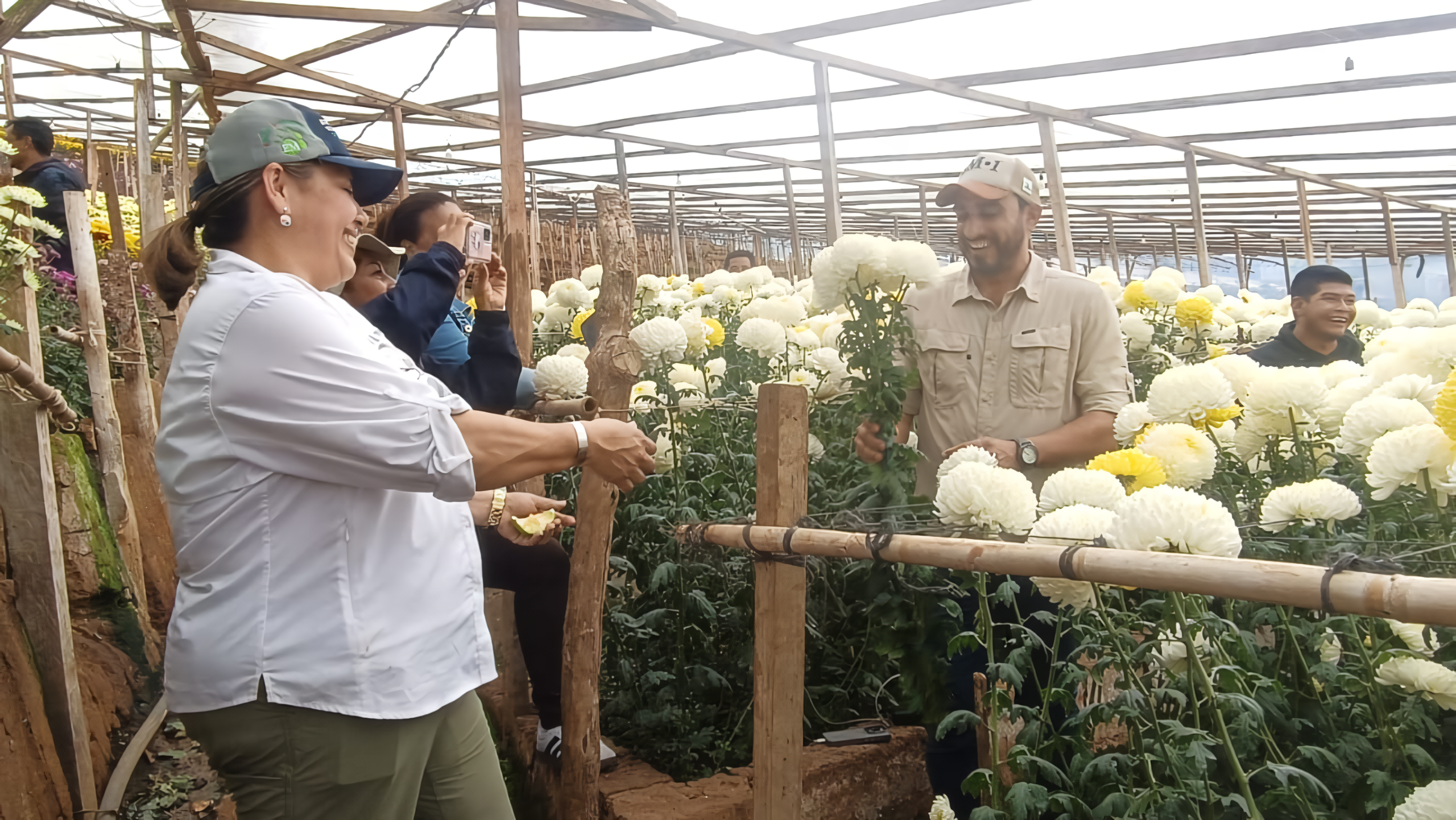

For further information, please contact:
EMAGRO, S. A.
10 Av. 2-90 Colonia Ribera del Río, San Miguel Petapa, Guatemala
Tel: (502) 66290793
email: emguatemala@em-la.com
Facebook
(April 2025)
EMAGRO, S. A.
10 Av. 2-90 Colonia Ribera del Río, San Miguel Petapa, Guatemala
Tel: (502) 66290793
email: emguatemala@em-la.com
(April 2025)
